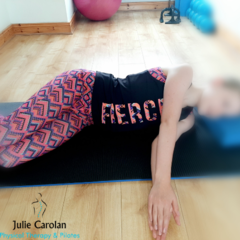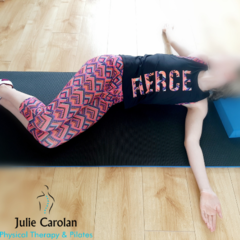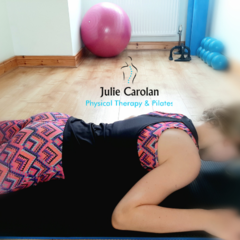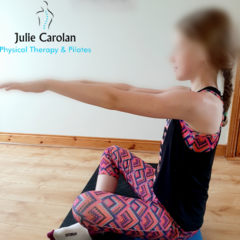A hunchback society.
In today’s high-tech world, many people sit hunched over devices both at work and in the home. Add to this, the stress that many are under, with busy jobs and home lives that further add tension in the neck and shoulders.
This all results in a hunched over posture, with the head poked forward and the shoulders rounded. In this position, the muscles of the chest and anterior neck become tighter and the muscles of the upper back and posterior neck lengthen excessively and often become weak.
Pain.
Over time, this leads to pain and dysfunction in the head, neck, shoulders and upper back. If left unchecked, it can have a knock-on effect to other parts of the body and to general wellbeing.
Retraining.
Postural retraining is something that needs to be practiced frequently in order to form new, better habits. Not only can good posture help to relieve pain, but it can make you look and feel more positive and confident.
Start today!
Try the following routine to start establishing good posture in your life.
- Start with introducing your body to what correct posture feels like:
- Stand with your back to a wall, feet approximately 2 inches from the wall.
- In this position, your buttocks, shoulder baldes and the back of your head should all be touching the wall, if they are not, reposition them so that they are.
- There should not be excessive space between your lower back and the wall, just enough space to slide your hand in between. If this space is too big, try rolling your hips back a little to reduce the space. If this space is too little, try arching your back a small bit to create some space.
- Once you have the correct position, hold it for 20 seconds remembering to breathe in and out all the time.
- Then, step away from the wall and hold for another 20 seconds.
- As you become more comfortable with your new posture, you can increase the length of time you stay in position until it becomes natural.
- Stretch your chest muscles:
- Lie on your side, knees bent and arms reaching straight out in front of your chest with the palms together. Make sure your head is resting down on the mat or a pillow, if necessary.
- Reach the top arm up towards the ceiling and then let it slowly fall behind you.
- As your arm falls behind, keep your knees down and turn your upper torso and head towards the arm behind you.
- Hold for 20 seconds to allow the muscles to stretch out. Remember to breathe in and out.
- Repeat on the other side.
- Strengthen upper back muscles:
- Lie face down with your hands either side of your head on the mat, elbows and forearm also on the mat. Shoulders relaxed.
- Before you move, pull your belly button in towards your spine to support your lower back.
- Slowly pull your upper body away from the mat using the muscles of your upper back. Your head and chest should be off the mat, with your lower rib, hands and forearm still on the mat. Make sure that you don’t bring your head too far back, your eye-line should be towards the front of the mat.
- Hold for 5 seconds.
- Slowly lower back.
- Stretch posterior neck:
- Sit tall.
- Drop your chin to your chest.
- Put a little pressure on the back of your head with one hand to stretch the back of your neck.
- Hold for 20 seconds, keep breathing.
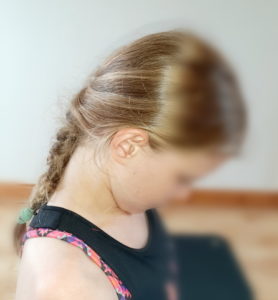
- Stretch upper shoulder:
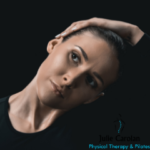
-
- Sit tall.
- Tuck one arm behind your back, tilt your head away from that side.
- You can put a small bit of extra pressure on the side of your head with your free hand to further increase the stretch
- Hold for 20 seconds, keep breathing.
Once you get used to these exercises, you can increase the number of times that you repeat them and build them into your daily routine.
For further help and advice on postural issues, please get in contact.


